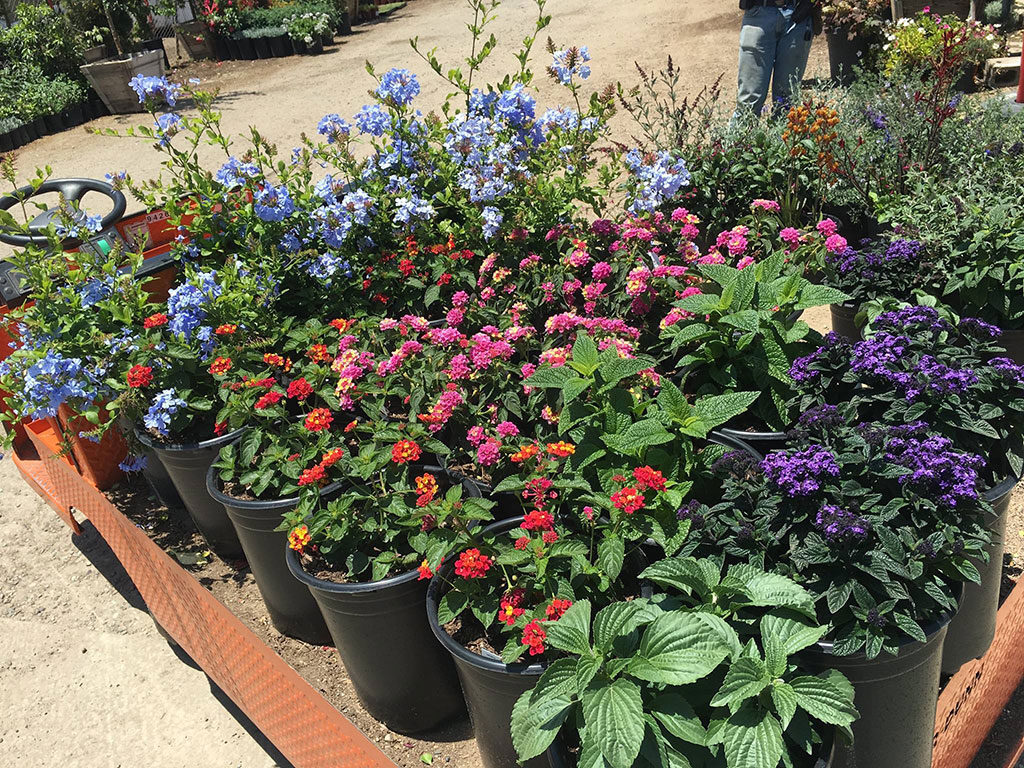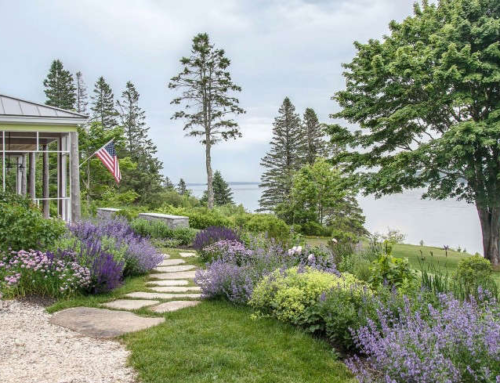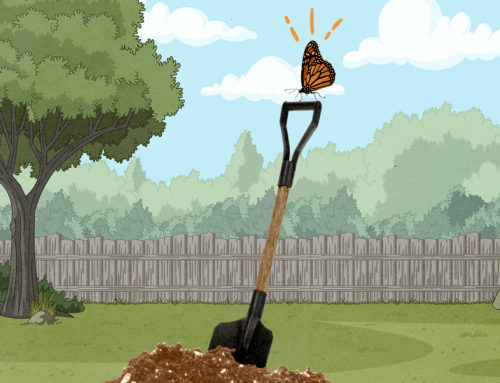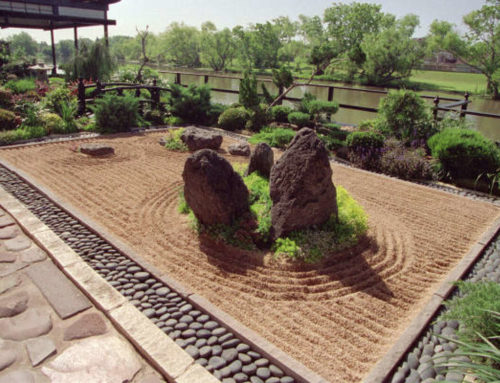The Spanish Colonial Revivalist garden

The Spanish Colonial Revivalist garden
Early colonization of California’s coast by the Europeans was led primarily by the Spanish who named the land “Alta California.” The early influence of these settlers remains apparent in the architecture of Southern California today. Deemed the Spanish Colonial Revivalist style, homes new and old here boast its most iconic features, from white stucco exteriors and clay tile roofs to curved arches and arcades.
To the purist or restoration expert, a Spanish Colonial home compels a landscape designed likewise. Some key design considerations can help create a garden that is authentic and stays true to the style.
- Layout: Establish strong symmetry with a series of axes. Long reflecting pools, wide pathways, and grand walls can help direct views that terminate at focal points such as sculptures, fountains, or even the home itself. The creation of these lines in the landscape helps to divide it, resulting in smaller “rooms” or courtyards that service different purposes within.
- Features: Just as a loggia on a building is a strong indicator of the Spanish Colonial style, there are elements within the site that are classic to the look. Tiered fountains, urns, and decorative wrought iron can help communicate the style and enhance the garden at nearly every price point.
- Materials: Mere mention of the Spanish Colonial style evokes images of colorful ceramic tile against the rough texture of stucco walls. Terra cotta pots and brightly glazed urns serve as apt embellishments to carry through the look.
- Plants: Landscaping in Southern California must be drought tolerant. Lush succulents and spiky ferns create the perfect forms and textures to complement the geometry of the garden itself.
The means of creating a Spanish Colonial garden are endless and can even be daunting. Engaging with a landscape contractor in Santa Barbara is an ideal first step in determining how to create a truly historic garden space.







Leave A Comment
You must be logged in to post a comment.